In the oil wells, X forms the topmost layer, followed by Y and finally Z. X, Y and Z are respectively
Natural gas, oil and water
Petroleum gas, oil and natural gas
Natural gas, water and oil
Petroleum gas, oil and water.
The correct Answer is:A
To solve the question regarding the layers in oil wells, we need to identify the substances represented by X, Y, and Z based on their properties and positions in the oil well.
1. Understanding the Layers in Oil Wells:
- In oil wells, there are three distinct layers formed due to the differences in density of the substances present.
2. Identifying the Topmost Layer (X):
- The topmost layer (X) is typically composed of natural gas. Natural gas is lighter than both oil and water, which allows it to rise to the top.
3. Identifying the Middle Layer (Y):
- The middle layer (Y) consists of petroleum oil. Oil is less dense than water but denser than natural gas, so it sits below the natural gas layer.
4. Identifying the Bottom Layer (Z):
- The bottom layer (Z) is made up of water. Water is the densest of the three substances, which is why it forms the bottom layer in the oil well.
5. Final Arrangement:
- Therefore, the arrangement of layers from top to bottom is:
- X: Natural Gas
- Y: Petroleum Oil
- Z: Water
Conclusion:
- The substances X, Y, and Z are respectively Natural Gas (X), Petroleum Oil (Y), and Water (Z).
- In oil wells, there are three distinct layers formed due to the differences in density of the substances present.
- The topmost layer (X) is typically composed of natural gas. Natural gas is lighter than both oil and water, which allows it to rise to the top.
- The middle layer (Y) consists of petroleum oil. Oil is less dense than water but denser than natural gas, so it sits below the natural gas layer.
- The bottom layer (Z) is made up of water. Water is the densest of the three substances, which is why it forms the bottom layer in the oil well.
- Therefore, the arrangement of layers from top to bottom is:
- X: Natural Gas
- Y: Petroleum Oil
- Z: Water
- The substances X, Y, and Z are respectively Natural Gas (X), Petroleum Oil (Y), and Water (Z).
Topper's Solved these Questions
- BOOK - SCIENCE OLYMPIAD FOUNDATION CHAPTER - COAL AND PETROLEUMEXERCISE - MULTIPLE CHOICE QUESTION (ACHIEVERS SECTION (HOTS))5videos
COAL AND PETROLEUM
- BOOK - SCIENCE OLYMPIAD FOUNDATION CHAPTER - CHEMICAL EFFECTS OF ELECTRIC CURRENTEXERCISE - ACHIEVERS SECTION (HOTS)5videos
CHEMICAL EFFECTS OF ELECTRIC CURRENT
- BOOK - SCIENCE OLYMPIAD FOUNDATION CHAPTER - COMBUSTION AND FLAMEEXERCISE - MULTIPLE CHOICE QUESTION (ACHIEVERS SECTION (HOTS))5videos
COMBUSTION AND FLAME
Similar Questions
In Figure, ∠X=620,∠XYZ=540. If YO and ZO are bisectors of ∠XYZ and ∠XZY respectively of XYZ, find ∠OZY and ∠YOZ.
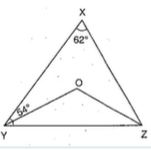 View Solution
View SolutionA person travels three equal distances at a speed of x km/hr, y km/hr and z knyhr respectively. What is the average speed for the whole journey? xyz3(xy+yz+zx) b. xyz(xy+yz+zx) c. (xy+yz+zx)xyz d. 3xyz(xy+yz+zx)
View Solution
Knowledge Check
- Question 1 - Select One
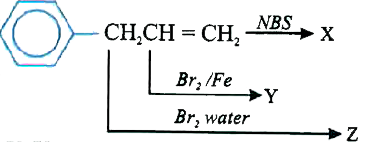
X, Y and Z, respectively are :A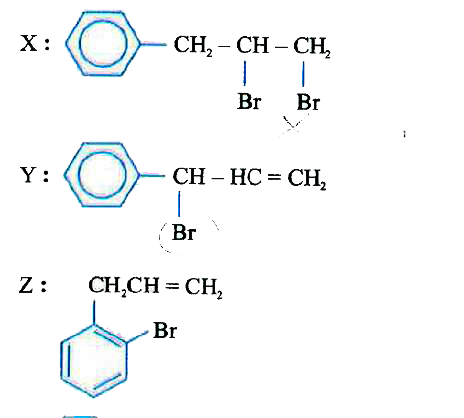 B
B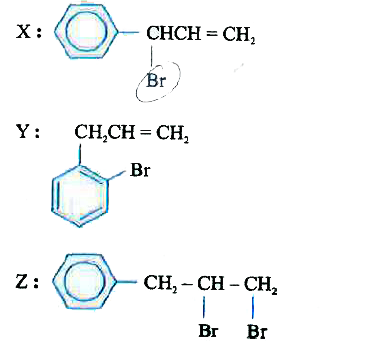 Cin all cases X of (1)Din all cases Y of (1)
Cin all cases X of (1)Din all cases Y of (1) - Question 2 - Select One
In the following reaction X,Y and Z are respectively :
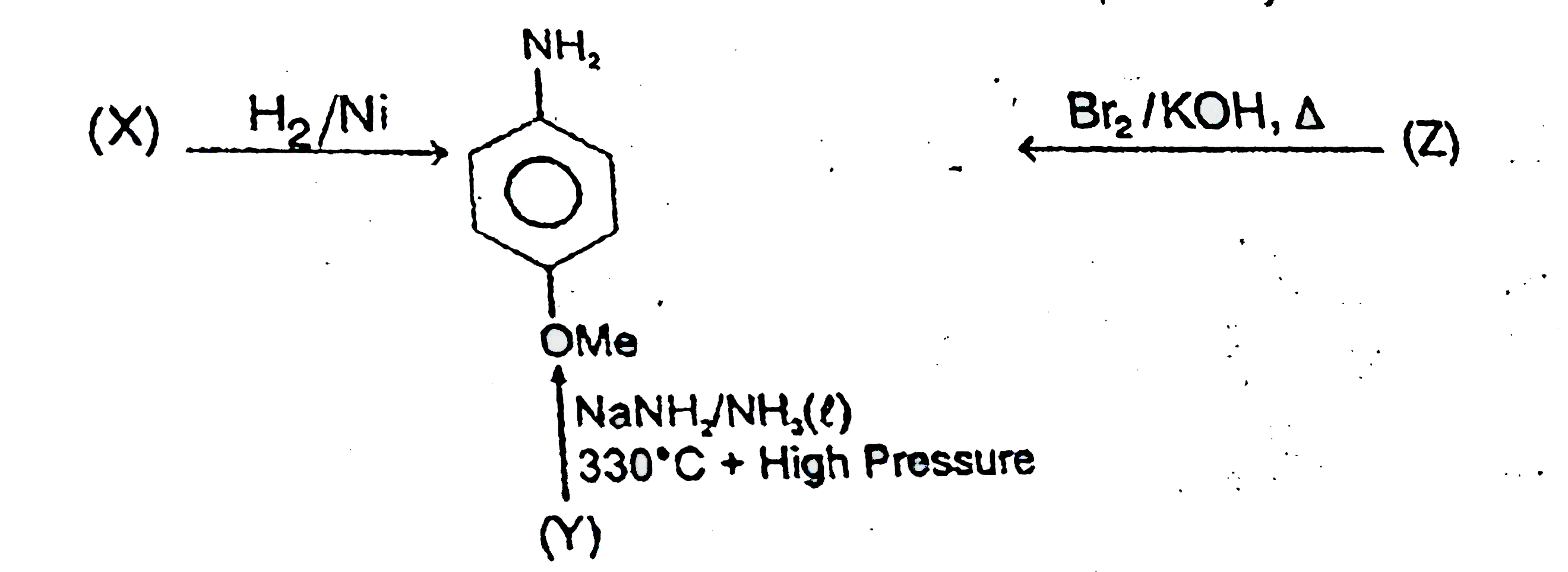 A
A B
B C
C D
D
- Question 3 - Select One
A carbon compound X forms Y with sodium metal. It also forms Z with PCl5 but Y and Z react to form diethyl ether. Therefore X,Y and Z are respectively__________.
AC2H5OH,C2H5Ona,C2H5ClBC2H5Cl,C2H5Ona,C2H5OHCC2H5OH,C2H6,C2H4Cl2DC2H5OH,C2H5Cl,C2H6
X,Y and Z are amines . Only Z and Y react with acetic anhydride . Only Z gives carbylamine reaction . Then X,Y and Z are respectively,______.
View Solutionx+y+z=6
x−y+z=2
2x+y−z=1
then x,y,z are respectivelyView SolutionIf ⎡⎢⎣x−y−z−y+zz⎤⎥⎦=⎡⎢⎣053⎤⎥⎦ then the values of x,y and z are respectively
View Solutionx, y and z are the natural numbers. Which of the following statements is true?
I. If x is divisible by y and y is divisible by z then x must be divisible by z.
II. If x is a factor of y and z, then x must be a factor of y + z.
III. If x is a factor of y and z, then x must be a factor of yz.View Solutionfind the value of f(5), if f(x)=3x2−4x ?
View Solution

